Hooray for haolewood
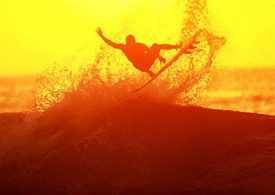 I was a child when I first heard the name Bruno Lemos [writes Luciano Burin] – he’s famous in Brazil for his annual coverage of the North Shore, and his photos have been featured in many of our surf mags.
I was a child when I first heard the name Bruno Lemos [writes Luciano Burin] – he’s famous in Brazil for his annual coverage of the North Shore, and his photos have been featured in many of our surf mags.
More recently, thanks to the documentary project ‘Mountains D’Água’ (Water Mountains), I had the opportunity to get a closer look at Lemos’s extensive portfolio. He’s been living in Hawaii for almost 20 years now, raising a family and earning the respect and friendship of the local community. He’s also one of the fortunate few to carve out a successful career as a pro photographer on the North Shore For those Brazilian surfers who, like many other haoles, make their pilgrimage to this mecca of surfing, Bruno is a bit of a hero.
Not that that’s gone to his head – Bruno’s more than happy to chat about the pleasures and difficulties of life as a surf photographer and filmmaker on the highly competitive North Shore.
How do you rate the 2010 North Shore season?
This season has been incredible. I’ve never seen such consistently good waves, but what’s been most impressive is the number of 20-foot-plus waves. In recent years, this would happen once or twice during the season, but this year we had loads of good sessions in Waimea. Without a doubt it was one of the best seasons of the past 20 years.
What’s your daily routine during the winter season?
It gets a little complicated, because I have a day job that helps me get by throughout the year, and it can be tricky to reconcile that with my photography. It can be very hectic, because I try to shoot early, go to work and then straight to the beach to shoot again.
Sometimes, when the waves are very good, I take a day off to focus on my photography. It’s worth the effort – I’ve captured some amazing moments.
 [Jamie O'Brien - Pipeline - 2010]
[Jamie O'Brien - Pipeline - 2010]
You’ve been living in Hawaii for almost 20 years – have you seen much change in that time?
I arrived here on the North Shore in 1991, when you could count on your fingers the number of Brazilians in the area. Localism was far more aggressive and the rent was relatively cheap. Now it seems that Portuguese is the second-most-spoken language on the North Shore – even the locals are likely to speak a few words in our language! The rent and house prices are expensive, three times higher than when I got here.
The traffic in the region is absurd, particularly when the waves are on. I think surfing has become so popular that it eventually destroyed that rural vibe the North Shore had. Now we can call it ‘haolewood’!
You have the advantage of working in one of the most photogenic places in the world, but the pay-off must be that the competition is huge and the images will inevitably recur. How do you make your photographs stand out?
Finding new and different angles here on the North Shore is very difficult. I look at shots from the 1970s, and it’s all very similar to what we’re producing today.
Often I just set up my tripod along with several other photographers and start shooting. Sometimes, by chance, I get something really special. When new photographers arrive here they get really carried away and shoot everything, and I think I probably miss out on a lot of good material because I’ve been here so long that everything has become usual. It’s a double-edged sword.
 [Jaws - 2010]
[Jaws - 2010]
What do you think sets surf photography apart from other sport photography?
I think the main thing is the waves, especially those big waves and tubes, which are such beautiful things and represent the main difference between surfing and other sports. The sea is fascinating, whether you’re a surfer or not. And there’s no better place to be than on the beach – everybody loves it!
The colours of the late afternoon waves, the sky, the water, the texture of the waves – these are all things that inspire me to shoot.
What equipment are you currently using?
I’ve never been crazy about buying the most expensive equipment. On the contrary, there was a time that my philosophy was to try to make money with the least possible investment, but after a while I realised that I had to spend a little money! If you want to follow developments in technology you’ll need to replace equipment every six months, but I take a bit more of a relaxed approach.
Today I have three bodies – two Cannon EOS 20D and a Cannon EOS 30D – and a few different housings – one SPL with flash and one from Taro Pascual. In addition to the basic lenses I have 600mm, 70-200mm, 15mm, 28-135mm. I’ve got two HDV1080 video cameras, a bigger Sony HDV1000 for documentaries, and a smaller Cannon VIXIA40 for aquatic images.
 [Ross Clarke-Jones - Jaws - 2010]
[Ross Clarke-Jones - Jaws - 2010]
Any new projects on the horizon?
I have so much on my mind, but everything boils down to time and money! Realistically, I would like to be able to complete a documentary of big waves based around the images I’ve captured over the last decade, and I’d also like improve the quality of my programme Kaunala Road on the Brazilian cable TV channel Woohoo.
It would be nice to publish a book of my work, and also hold an exhibition at some point. I think my biggest problem is that I’m always so busy taking photos that I have little time left to show anything, or to turn the pictures into profit. But I guess that every artists is mostly concerned with the ‘soul’ and forgets about the financial aspect of their work.
Do you still find time to surf? Which are your favourite Hawaiian peaks?
Good question! Sometimes I forget that I’m surfer [Bruno has competed in amateur circuits in Brazil], especially at the height of the season when all the pro surfers are on the North Shore and I turn into a pro photographer. But after two or three months at this pace, I go back to normal and try to surf whenever the waves are good.
Usually I like to surf next to where I live, so while living in Sunset, I just surfed there, regardless of the conditions. Now I live in V-land and just surf here, in front of my house. Occasionally I head to Sunset or Waimea. These are the three waves of the North Shore that I like to surf the most.
Check out Bruno’s portfolio.
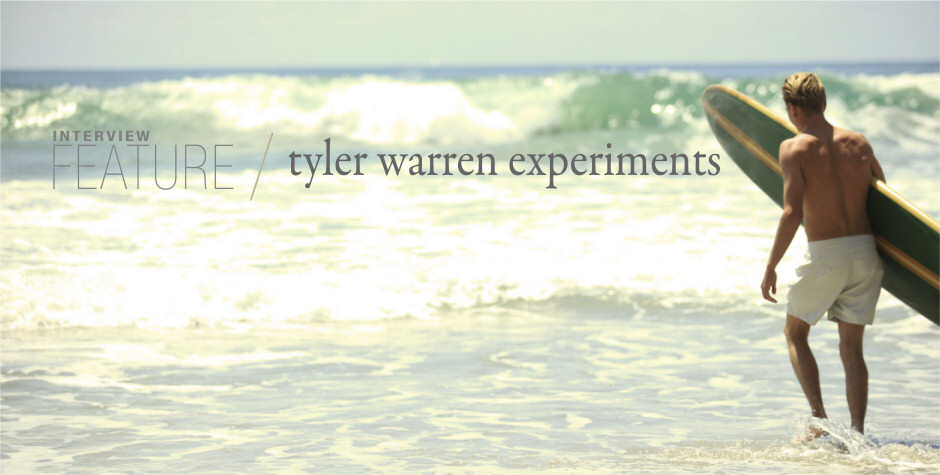
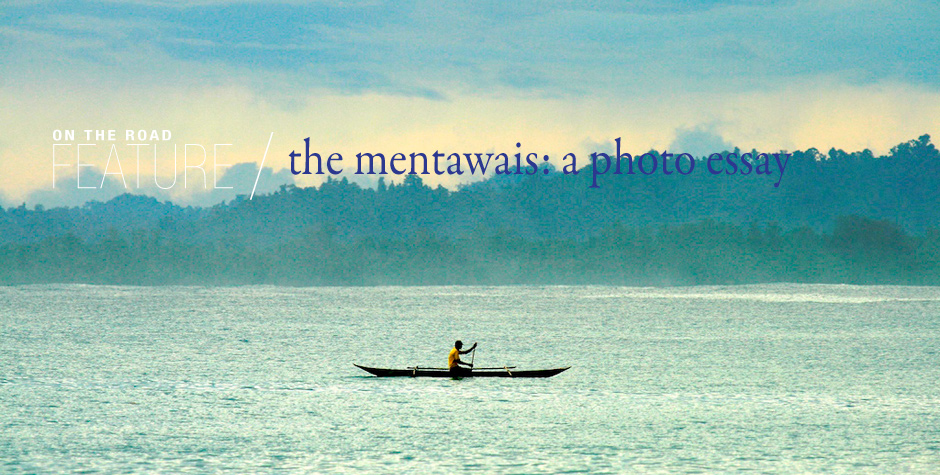
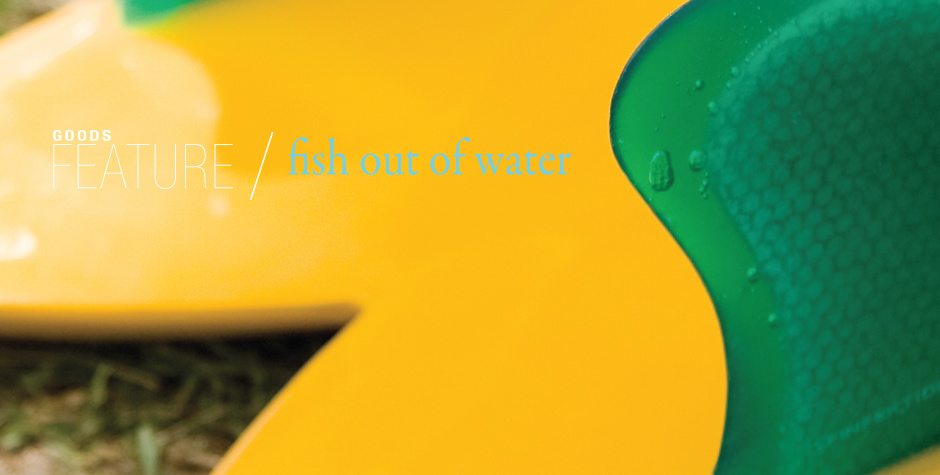
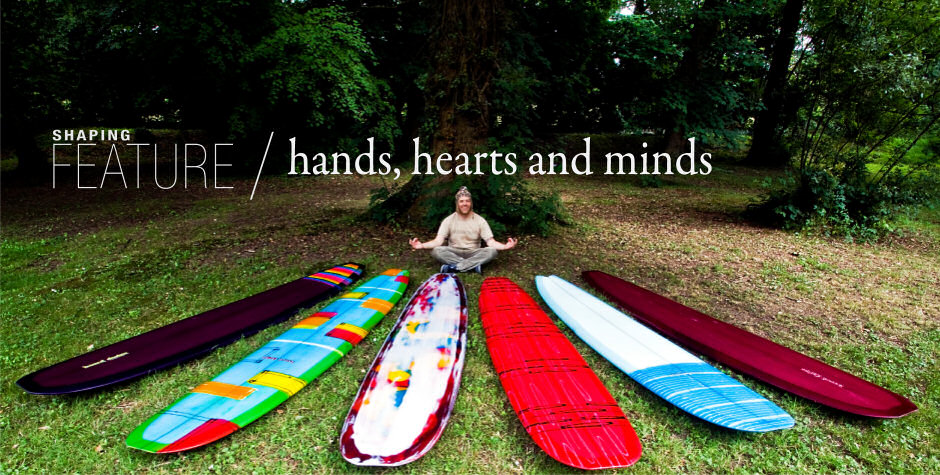
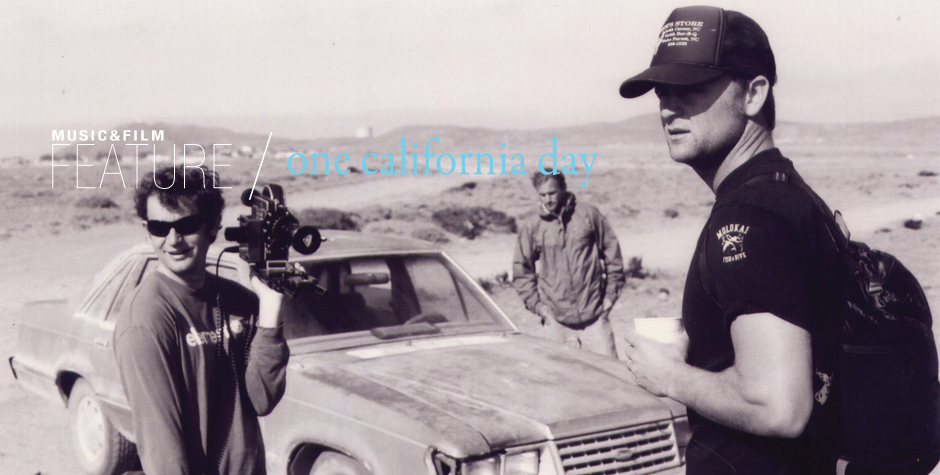
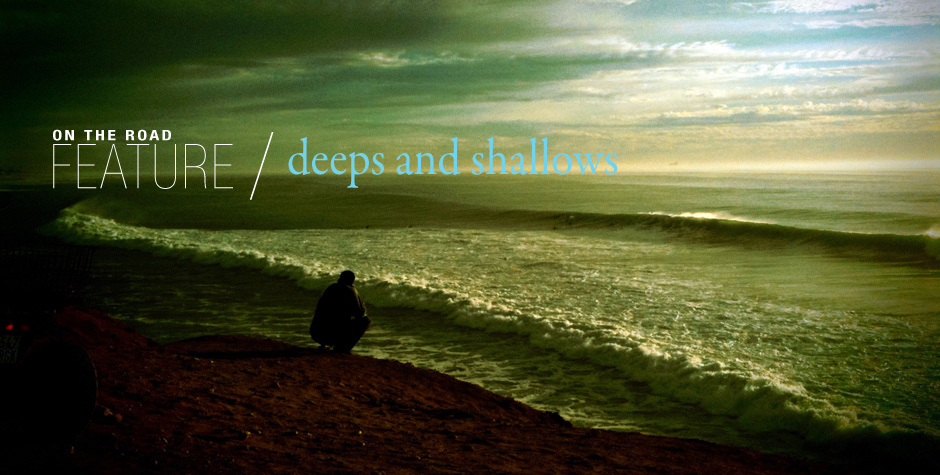


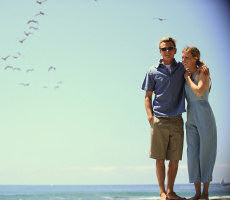
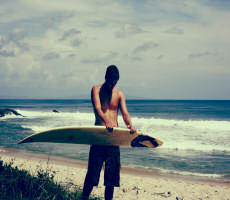


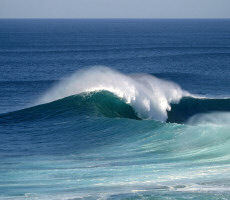
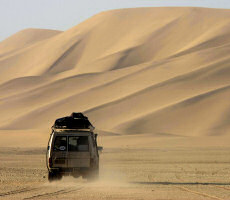

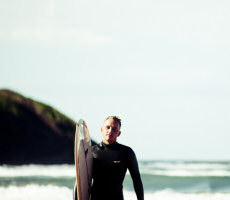

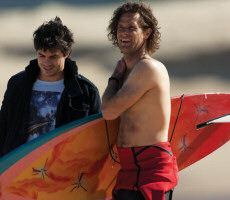
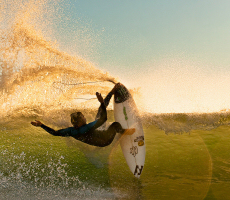
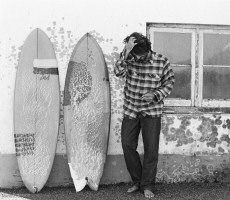
THANKS GUYS FOR THE OPORTUNITY!
1GOD BLESS YOU!
ALOOOHA,
BRUNO LEMOS